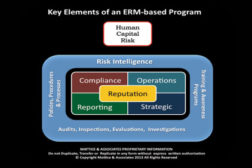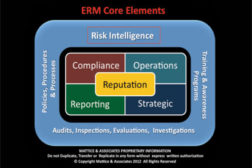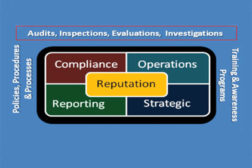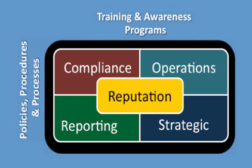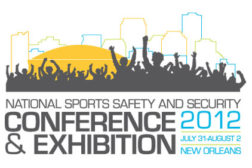- NEWS
- MANAGEMENT
- PHYSICAL
- CYBER
- BLOG
- COLUMNS
- EXCLUSIVES
- SECTORS
- Arenas / Stadiums / Leagues / Entertainment
- Banking/Finance/Insurance
- Construction, Real Estate, Property Management
- Education: K-12
- Education: University
- Government: Federal, State and Local
- Hospitality & Casinos
- Hospitals & Medical Centers
- Infrastructure:Electric,Gas & Water
- Ports: Sea, Land, & Air
- Retail/Restaurants/Convenience
- Transportation/Logistics/Supply Chain/Distribution/ Warehousing
- EVENTS
- MEDIA
- MORE
- EMAG
- SIGN UP!
Leadership & Management
Singing Kumbayah won’t keep insider threats away.
Read More
Why Risk Intelligence is the Key to Successful Security
Risk intelligence is one of the most important of the core elements which must be established when building a successful and effective enterprise risk management program.
July 1, 2013
Keep Security Current with Audits, Analysis and Updates
Previously in this series we have addressed leading by understanding and embracing ERM.
June 1, 2013
Communicate, Communicate, Communicate
Nothing is more basic than effectively communicating.
May 8, 2013
Sign-up to receive top management & result-driven techniques in the industry.
Join over 20,000+ industry leaders who receive our premium content.
SIGN UP TODAY!Copyright ©2025. All Rights Reserved BNP Media.
Design, CMS, Hosting & Web Development :: ePublishing
